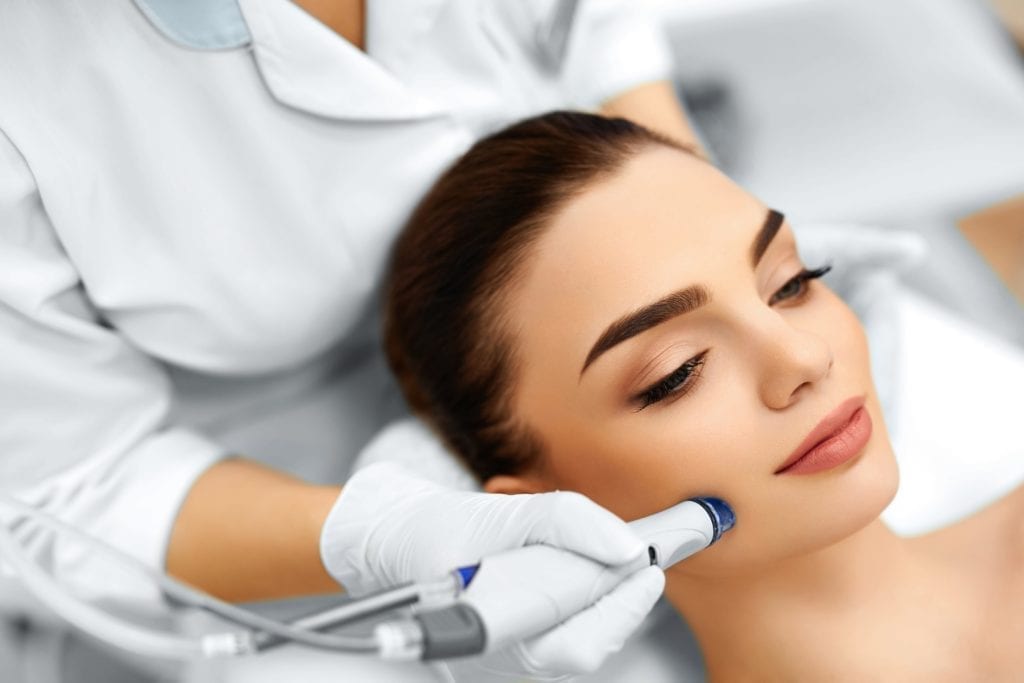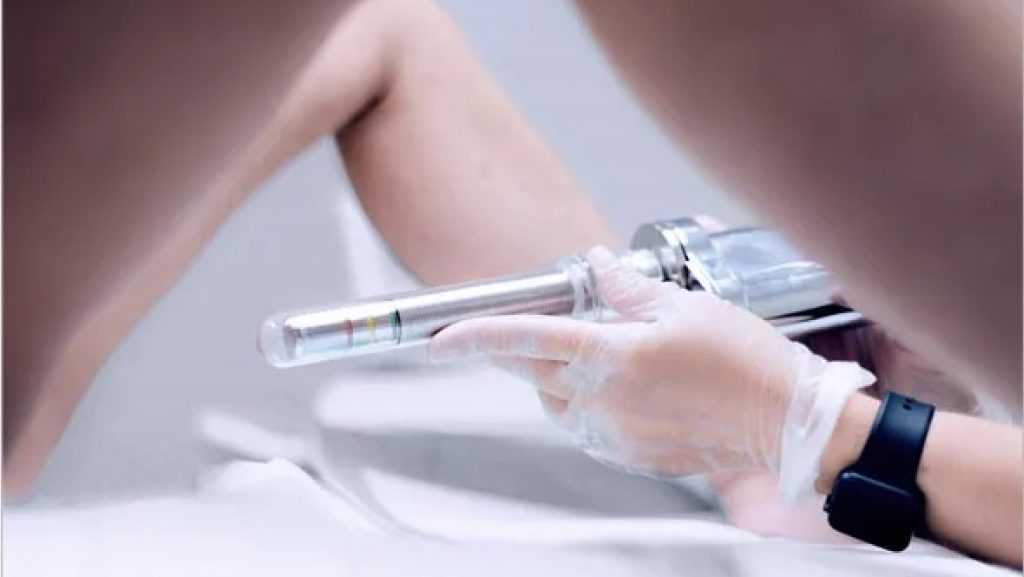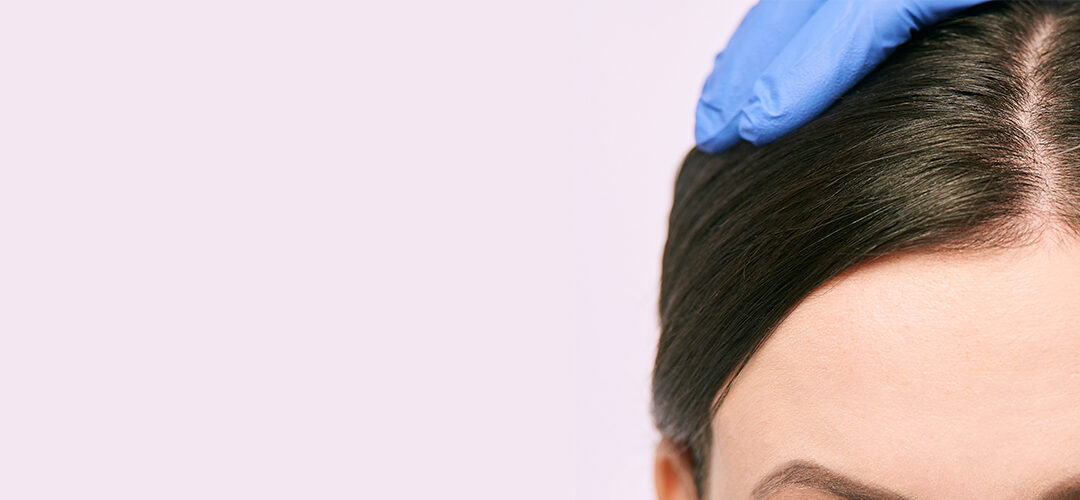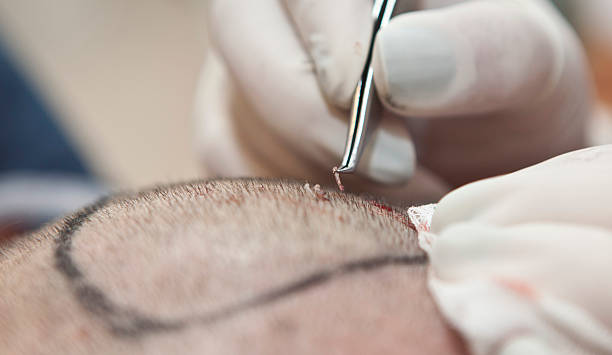Moles are common skin growths that many people live with without issue. In some cases, however, a mole may need to be removed for medical reasons (if there is concern about malignancy or changes in its appearance) or simply for cosmetic reasons (to improve appearance or comfort). In Mole removal abu dhabi, there are several safe and effective approaches available. This article explores mole removal techniques, what to expect, how to prepare and recover, and how to choose the right treatment.
What Is a Mole and When Removal Is Considered
A mole (also called a nevus) is typically a cluster of pigmented cells. Most moles are benign and asymptomatic. Removal may be considered for two broad reasons:
-
Medical indication: If a mole changes in size, colour, shape, bleeds, itches, or shows other warning signs, it may be suspicious and require evaluation. Removal may be needed to check for cancer.
-
Cosmetic or comfort indication: Moles in visible places (face, neck, etc.), or those that cause irritation (from friction, shaving, clothing) are often removed to improve appearance or comfort.
Before removal, a skin specialist usually examines the mole to assess whether it appears benign or requires further diagnostic investigation.
Methods of Mole Removal
In Abu Dhabi, modern dermatology and cosmetic clinics offer a variety of safe mole removal methods. The choice depends on mole size, depth, location, whether it appears suspicious, and patient preferences.
Surgical Excision
This involves numbing the area, then cutting out the mole along with a small margin of surrounding skin. If needed, stitches (sutures) are used to close the wound. This method is especially used for larger moles or those that extend deeper below the skin. It allows for full removal and pathological examination of the tissue, which is important if there are concerns about malignancy.
Shave Excision
When a mole is raised above the skin’s surface and judged to be benign, a shave excision may be used. The mole is shaved off at skin level. There may be little or no need for stitches, and healing is generally quicker for small, raised benign moles.
Laser Removal
Targeted laser light is applied to break down the pigment in a mole. It’s typically used for smaller, flat, non-deep moles. This approach can offer precision, minimal tissue disruption, and better cosmetic results in carefully selected cases.
Cryotherapy (Freezing)
Liquid nitrogen or another extremely cold agent is used to freeze the mole tissue. The mole then blisters and falls off over time. This method is generally suited for small, superficial, benign moles.
Radiofrequency (RF) Ablation
Some clinics use a focused radiofrequency device to remove a mole. High-frequency energy can vaporize or cut away tissue while causing minimal damage to surrounding skin. It may reduce the chance of more visible scarring compared to more invasive methods, depending on mole type.
How the Procedure Is Performed
-
The area is first cleaned and sterilised.
-
Local anaesthetic is applied to numb the region.
-
Depending on method, the mole is removed (cut, shaved, lasered or frozen). If excision is used, stitches may close the wound. If tissue is removed, it might be sent for histological (pathology) examination.
-
A dressing is applied to protect the site.
Recovery and Aftercare
After mole removal, proper care enhances healing and improves the cosmetic outcome. Things commonly recommended include:
-
Keeping the wound clean and moist.
-
Covering with a sterile dressing for initial days.
-
Allowing any scab to fall off naturally (avoiding picking).
-
Protecting from sun exposure; using sunscreen over healed or healing skin to prevent pigmentation changes.
-
Gentle cleansing and avoiding harsh chemicals or irritants at the site.
-
Watching for any changes (redness, discharge, etc.)—prompt evaluation may be needed if healing doesn’t follow expected path.
Healing times depend on the method, size and depth of mole, and individual differences in skin. Smaller, superficial removals may heal in 1–2 weeks; deeper or larger excisions take longer.
Benefits of Professional Mole Removal
Mole removal provides both aesthetic and medical benefits:
-
Improves visual appearance by removing undesired marks.
-
Prevents irritation or discomfort in areas where mole rubs against clothing or skin.
-
Offers peace of mind if a mole is changing, by allowing a specialist to examine removed tissue.
-
May improve skin texture, symmetry, and overall uniformity.
Choosing the Right Option in Abu Dhabi
Selecting the best removal method should involve:
-
Getting a proper assessment by a skin specialist or dermatologist.
-
Ensuring the health professional has experience with mole removals.
-
Considering visibility and cosmetic concerns (face, neck etc.), scar potential.
-
Understanding depth and size of mole.
-
Checking that any removed tissue is sent for examination if there is medical concern.
FAQs About Mole Removal
Is mole removal painful?
Local anaesthesia is used to numb the area before the procedure. During removal, discomfort is typically minimal. Some tenderness might follow once numbness fades.
How long is the procedure?
Duration depends on the size, depth, and method used. Smaller, superficial removals may take just a few minutes; larger excisions may take longer.
Will there be a scar?
Any removal is likely to leave some mark. The degree depends on method, care after removal, and individual skin healing. Good wound care and minimal sun exposure help reduce scar visibility.
When can I resume normal activities?
Light activities usually can be resumed quickly. If stitches were involved, avoiding anything that strains the site is important. Also avoid exposing the area excessively to steam, heat, or chemicals until well healed.
What about mole tissue that looks suspicious?
If a mole is removed for medical reasons, the removed tissue is often sent to a pathology lab for examination to rule out malignancy. Early removal when changes are noticed is better.







0 Comments